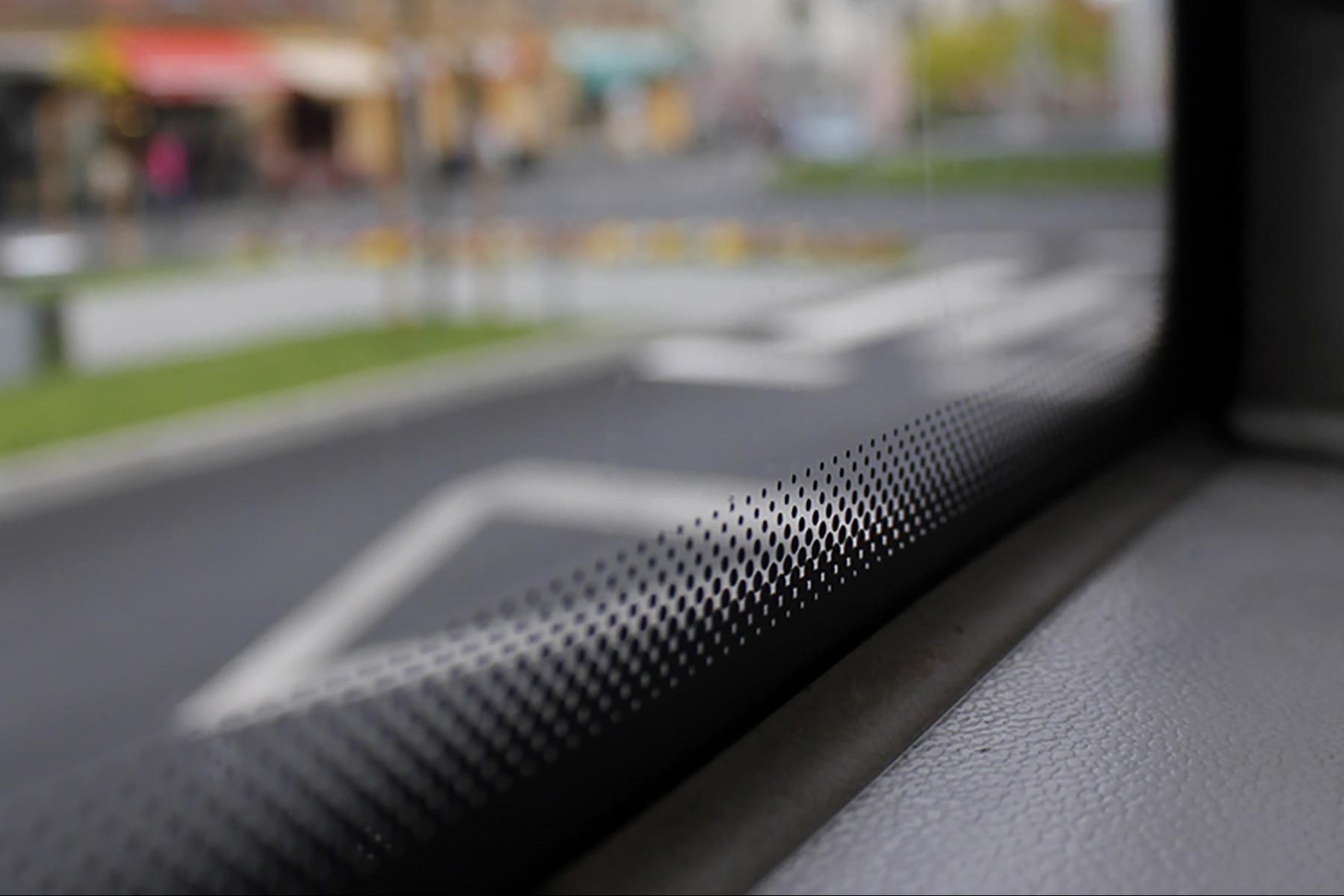
HERE’S WHAT THOSE LITTLE BLACK DOTS ON A WINDSHIELD ARE FOR
You probably haven't given much thought to the little black dots on the edges of car and bus windows. Sure, they look cool. But do they do anything?
Those black dots and the black rims that surround them are there for a reason, and it's not for defogging the glass. It has to do with how car windows are made.
In the 1950s and '60s, car manufacturers applied an adhesive to hold car windows in place instead of metal trim. It did the job but wasn't aesthetically pleasing.
Enter the black rims you see around car windows today, called "frits." The frits, and the dots that border them. are made from ceramic paint. The frits hide the icky-looking but important adhesive from view.
Also, since these painted rims are baked — yes, baked — into the window, they're all but indestructible. They hold the glue in place, which holds the windshield in place.
As for the dots, they're there to make an aesthetically pleasing transition from the thick black lines to the transparency of the window. The dots aren't randomly placed; they're positioned in what's known as a "halftone pattern," getting smaller and farther apart as the black recedes. This pattern is less jarring to the eye than opaque black paint juxtaposed with transparent glass.
However, even the dots aren't there for decoration. Besides the visual effect, they provide temperature control. Window and windshield glass must be heated and bent into shape before being installed. Black-painted glass heats faster than the rest of the window. The dots distribute the heat more evenly, which prevents the windshield from warping in the heat.